The Simple Dollar: “The Meal Library” plus 2 more |
- The Meal Library
- Dinner With My Family #32: Butternut Squash Casserole
- Saving Pennies or Dollars? Extra Costs of Lunch
| Posted: 16 Sep 2011 01:00 PM PDT Sarah and I love to experiment when it comes to food. We’re constantly trying new things in the kitchen using new and different ingredients. However, the reality of our lives dictates that we often don’t have time to look for ideas and experiment creatively with food. Take our current Tuesday evenings. Our daughter has a dance class from 5 until 5:45 in the evening, immediately followed by our son’s soccer game from 5:45 to 6:30. Since we start our bedtime routine at 7:30, there really isn’t a lot of time to experiment and carefully consider a meal in that one hour gap in there. For evenings like this, we end up relying on a rotation of reasonably healthy and inexpensive meals that we’re sure our family all likes and that we can prepare quite easily. Examples of meals in our rotation include spaghetti with marinara sauce, stir fry (rice and whatever vegetables we can easily find), tuna and noodles, vegetable noodle soup, “breakfast for supper” (usually scrambled eggs, toast, and waffles), homemade pizza (with pre-made crusts from the freezer), and fajitas. Sarah and I both know how to throw these meals together quite quickly so that we can have a fresh meal on the table very quickly. Best of all, we never work from a recipe on these meals because we know them so well – it’s all in our heads. This “meal library” of ours comes with several advantages. We’re not simply stuck with whatever’s frozen. Yes, we make and freeze meals in advance, but sometimes they’re just not convenient in a pinch and at other times we just don’t want one of those meals. Having a rotation of meals on hand makes it easy to always have something else. Having a good meal at home that you know you can put together quickly reduces the desire to eat out. We could go to a family restuarant, eat there, spend $40, and burn an hour. Otherwise, we could just go home, toss together one of these meals, and be done in forty five minutes. Not only that, we’re only spending $5 instead of $40. This is a huge imperative when we’re out grocery shopping or doing something else out and about as a family. We buy the ingredients for these meals in bulk, saving us money. Things like whole grain pasta, sauces, flour, tuna, egg noodles, and other such things are always purchased in bulk by us because they’re part of these meals that we eat so frequently. This reduces our food costs even further. By having quite a few meals in rotation, we don’t get tired of having the same old thing over and over again. Often when people have busy lives and fall into a routine of making just a few meals at home, they get tired of those meals and this encourages them to eat out more. By having a wide variety of meals in our rotation, we don’t get tired of them very often. If you’re considering having this kind of “meal library” in your own home, I offer a few suggestions. Keep it to meals you can easily prep in less than thirty minutes and have on the table in less than an hour. You might have a meal that you know how to prepare easily that takes longer than that, but I find that meals with that kind of time commitment rarely get made. Test the meals with your family multiple times. This is to make sure you fully know how to prepare it and that your family likes it. There are some meals that I know our family likes that I can prepare blindfolded at this point (I actually, seriously think I could make homemade pizza blindfolded). Make sure all adults have at least a few meals they can prepare. This takes care of evenings when one adult is busy due to some task and the meal preparation is up to the other parent. This situation shouldn’t be an excuse for expensive take-out. I highly recommend a “meal library” for a busy frugal family. It’s certainly saved us a lot of time and money over the last several years. |
| Dinner With My Family #32: Butternut Squash Casserole Posted: 16 Sep 2011 01:00 PM PDT Each week, I'll present a low-cost meal (or a meal that demonstrates a lot of options for cutting costs) that my family eats for dinner and enjoys. Many of the recipes will be vegan or vegetarian, with options to add other ingredients for non-vegetarians. Right now, our garden is providing us with a small mountain of butternut squash. We have more of it than we know what to do with. As a result, we’ve been eating a lot of it lately and experimenting with it in different ways. Of the things we’ve tried, this was the most enjoyable result for the time and extra money invested. What You Need You merely need bread crumbs (3/4 cup, separated into 1/2 cup and 1/4 cup), a small yellow onion, one butternut squash (roughly 3-4 lbs. in size), 1/4 cup extra virgin olive oil, six ounces of crumbled blue cheese (the only remotely expensive part of this meal), and a tablespoon of minced fresh thyme (you can use dried if you have it). You will also want some sea salt and crushed black pepper to taste. The Night Before (or Early That Day) Barring that, there are two things I would do in advance. First, I would peel and cube the butternut squash into relatively small cubes, like these. I would also chop the thyme if you’re using fresh thyme in the recipe. Preparing the Meal Toss together everything but the spare 1/4 cup of bread crumbs in a large mixing bowl until the squash is fully coated. Spread the mixture into a 9″ by 13″ baking dish, spread the remaining 1/4 cup bread crumbs on top, then bake for 40 minutes. Pull it out and you’re ready to eat! We served the meal with a small spinach salad and a simple pressed sandwich. Optional Ingredients |
| Saving Pennies or Dollars? Extra Costs of Lunch Posted: 16 Sep 2011 07:00 AM PDT
Kathy said, My husband takes his lunch almost every day to work. If my son and I go out we’ll take our lunch as well. This equates to big meal cost savings but now that we’re using TONS of tupperware to cart our bag lunches I have to run the dishwasher constantly. With water, electricity, soap, etc. Are we still coming out ahead? Is this saving us big dollars or just cents? Let’s do the math, shall we? To test out Kathy’s question, I took out a bunch of our own reusable containers that we use for our lunches and filled up the dishwasher with them. I wanted to see exactly how many it would take to fill up our rather typically sized dishwasher. What I found is that I was easily able to get eighteen containers with lids into our dishwasher pretty easily. Some of these were pretty large containers, while others were pretty small, so I think eighteen is a pretty good average. Energy Your mileage may vary somewhat, but this data indicates that the typical dishwasher uses 2 to 5 kilowatt hours per load (including heating the water). We’ll use a 3.5 kWh average. A kWh of energy costs roughly $0.11, so the energy cost is about $0.38. Soap You can find soap or detergent at a lot of different prices. I was able to quickly find dish detergents and soaps that varied from $0.10 per load to $0.35 per load. Let’s figure $0.20 per load. Water The average dishwasher load uses about 15 gallons of water. Water is usually sold by the acre-foot – 325,851 gallons for $120 (or so). You’ll end up spending a cent or two on the water depending on how your municipality taxes it. Your cost per load of dishes is about sixty cents, all told. This means that your cost per container for running them through the dishwasher is just a hair over three cents. Remember, each time you use a container, you’re eating inexpensive leftovers for a meal instead of eating out. You should easily be saving multiple dollars each time you use a container. What about the cost of the containers? Unless you’re drastically overpaying for such containers, you shouldn’t have spent more than a few dollars per container. It only takes a leftover meal or two to recover the initial cost of the container. Thus, the math pretty clearly shows that washing your own containers and using them for leftovers saves dollars, not pennies. Of course, there is a small time investment of loading and unloading the dishwasher, but the savings for that small amount of time makes it quite worthwhile. |
| You are subscribed to email updates from The Simple Dollar To stop receiving these emails, you may unsubscribe now. | Email delivery powered by Google |
| Google Inc., 20 West Kinzie, Chicago IL USA 60610 | |

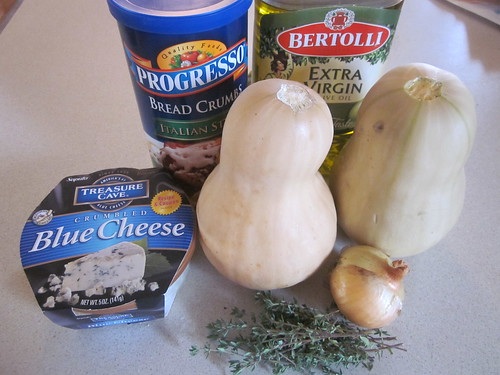
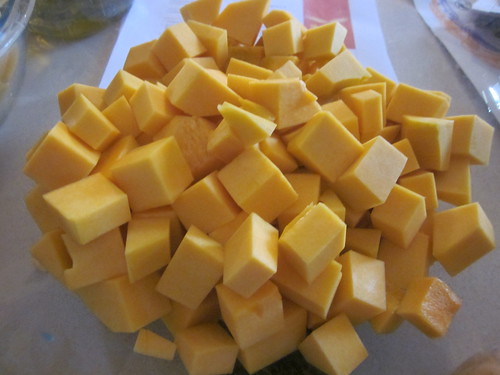
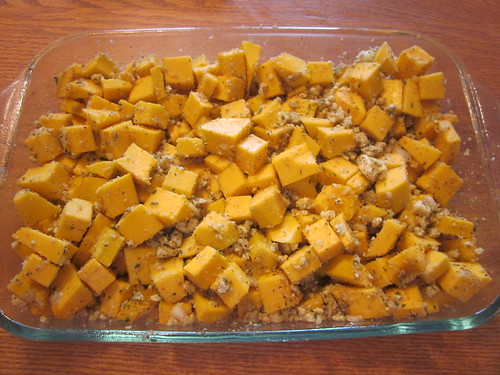
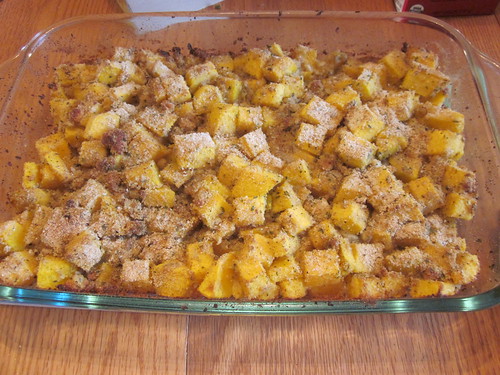
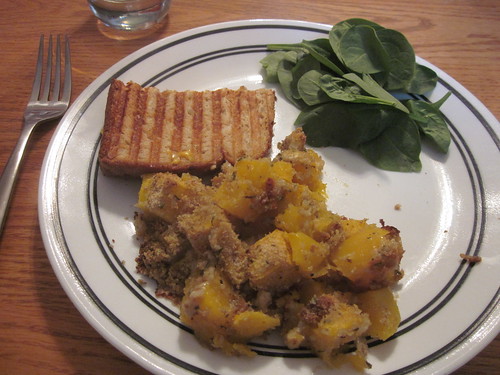
 Saving Pennies or Dollars is a new semi-regular series on The Simple Dollar, inspired by a
Saving Pennies or Dollars is a new semi-regular series on The Simple Dollar, inspired by a